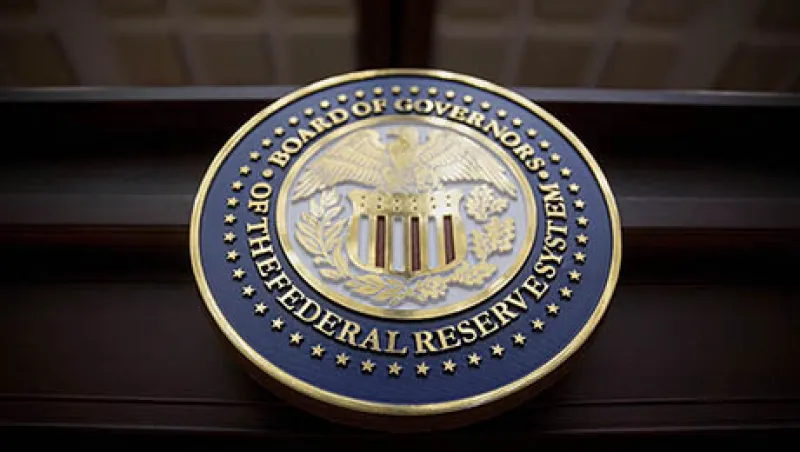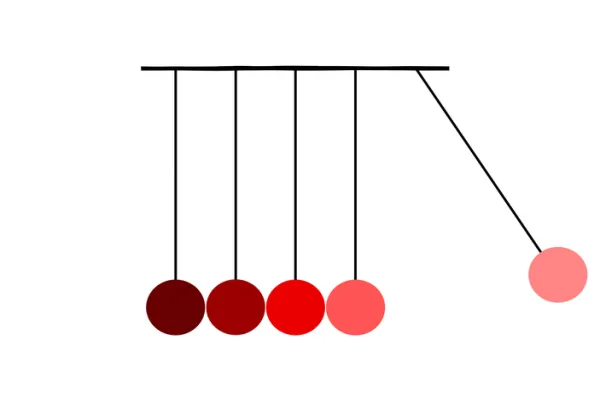Before we developed a modern understanding of chemistry, alchemy — the notion that there might be some way to cook base metals and turn them into gold — surely sounded plausible. Now we know better. Sure, the ingredients can be made more esoteric, but you can’t get gold from the pot unless you put some in.
Nature’s conservation laws inform us that regardless of the chemist’s skill, elements cannot be created or destroyed but merely transformed. Finance has conservation laws as well, though our central bankers theorize that their power to steer short-term rates is a 21st century philosopher’s stone. Given that asset markets have long since learned to do as the Federal Reserve says rather than as the fundamentals do, the credibility of Fed policy now dictates its durability. So, can investors rely on the Fed’s skill to guide the markets into the next Great Moderation?
If there were a single lesson from the past bull market, it would be that extended periods of low volatility eventually succumb to self-immolation. Volatility is an inherent feature of capital markets, because volatility is life. Circumstances fluctuate. Prospects for one industry rise as another falls. The business cycle matures. Leverage grows. When capital markets are doing their job, they properly reflect reality by appropriately pricing risk and opportunity. Markets are information engines, and what they say matters.
Just as a high stock price tells a management team to keep doing more of the same, one that is tanking triggers self-reflection and, it is hoped, self-correction. High asset prices are not better than low ones. The best price is the one that appropriately reflects what investors believe based upon available information. If capital markets are to be anything other than a souped-up casino, market pricing must reflect the fundamentals and, when they deviate, must reprice.
Since the 2008–’09 financial crisis, markets have existed alongside a central banking partner that expects trust but does not trust. The Fed has preferred to guide the capital markets to the right result, rather than hearing what they have to say about rates, risk premiums and volatility. The reason we have markets in the first place, however, is because no one knows what the correct price for capital assets is supposed to be. The Fed’s thinking was that if rates were kept down, asset prices would rally and cause a wealth effect, contributing toward a renewal in aggregate demand. Ergo, low rates are supposedly better than high rates, high asset prices are apparently better than low ones, and volatility can be managed out of the system. Whereas the intentions are laudable, history and logic argue that the volatility you suppress today isn’t destroyed. It just happens some other time.
Investors are being led down the primrose path. In denying markets their freedom of expression, the chasm between that which is real and that which is priced into the markets grows wider. The day must come when prices are unshackled from the Fed’s guidance and reanchor themselves in the fundamentals. Because those have already substantially diverged, investors should expect that such an adjustment will be neither smooth nor fun. Volatility suppression is a policy that has always failed. Like a caged tiger, it will spring forth, angrier and hungrier than before it was confined.
Perhaps the Fed understands its conundrum. If rates are going to be normalized back toward its current guidance of 3.25 percent by 2017, the longer it waits, the faster rates will have to be raised. Less volatility in short rates today necessarily means more volatility tomorrow. Perhaps the Fed gets that inflated asset prices and suppressed yields are subject to the law of unintended consequences. What will happen to the balance sheets of millions of companies and individuals when rates normalize after years spent filling up on low-rate long-duration assets? Does anyone doubt that low rates have not helped form asset price bubbles? Does a doubling in prices on the Shenzhen Stock Exchange over the past six months sound like a move based on fundamentals?
A gulf between asset prices and their fundamentals cannot occur absent an elevation in volatility. Investment strategies whose success is predicated on picking up yield by what is effectively selling volatility in the form of incremental credit or prepayment risk are headed for a reckoning. Relatively modest sacrifices in yield today can be thought of as buying rate and risk insurance for the inevitable.
One of the legacies of this cycle will be that the use of extraordinary monetary policy by central bankers to abolish volatility will prove as futile as were the attempts by alchemists to transmute lead into precious metals.
Tad Rivelle is chief investment officer for fixed income at TCW in Los Angeles.
Get more on macro.






